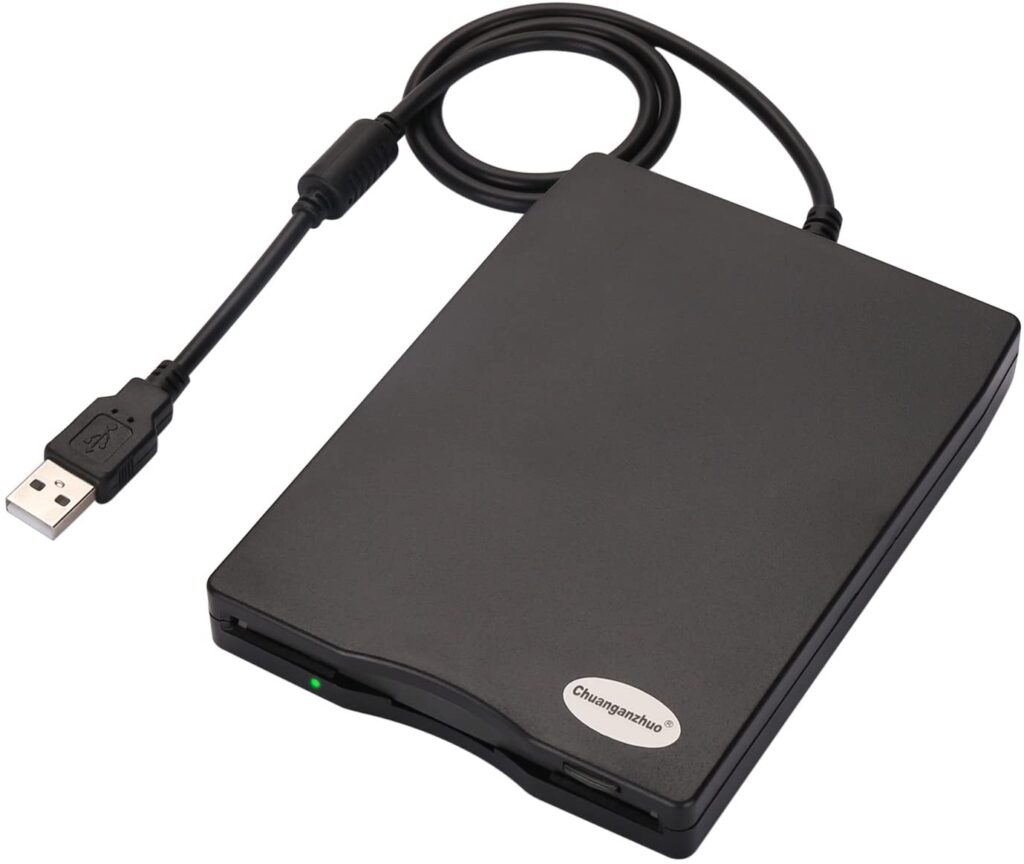

This is what our standard USB Floppy unit does for convenience of the users, not only does it interpret the raw analog magnetic tracks, but it also interprets the most common low-level format (the division of circular tracks into packets, each holding X amount of data) and it also interprets the FAT12 filing system that Microsoft DOS made so popular. meaning you discard and lose original data (in this case, time domain data) in the process, saying that you can reconstruct it "good enough". The result is that, to represent a standard high density 2 megabyte floppy disk, you may have to use alot more than 2 megabytes unless you start interpreting the data and storing what you think is important, and in a more convenient and compact form. In short, floppy disks not only hold the digital data but time domain data as well.

In this case, the magnetic platter of the floppy disk is only used to store digital data the 1's and 0's are easy to convert, but the time stamp and duration of each bit can vary infinitely on the continuous analog track. An example would be an uncompressed recording of a song it quickly gets into the tens and hundreds of megabytes, even though one song is only minutes long. In reality the floppy disk is an analog device that is used to store digital data in any situation involving analog recordings, the data size can quickly get out of hand depending on how perfect you want to reproduce it. The USB Floppy product sold by PLR Electronics is a floppy disk drive emulator emulator meaning it tries to act the same way as a normal floppy disk drive would act, but it is not a 100% perfect emulation because a USB stick is not exactly like a floppy disk.

Review of the floppy disk as a storage medium, and the USB replacement USB Floppy Disk Drive Emulator Technical documentation, Troubleshooting, and Configuration (C) 2009-2010 PLR Electronics

USB Floppy Disk Drive Converter/Emulator Technical Details and Instructions


 0 kommentar(er)
0 kommentar(er)
